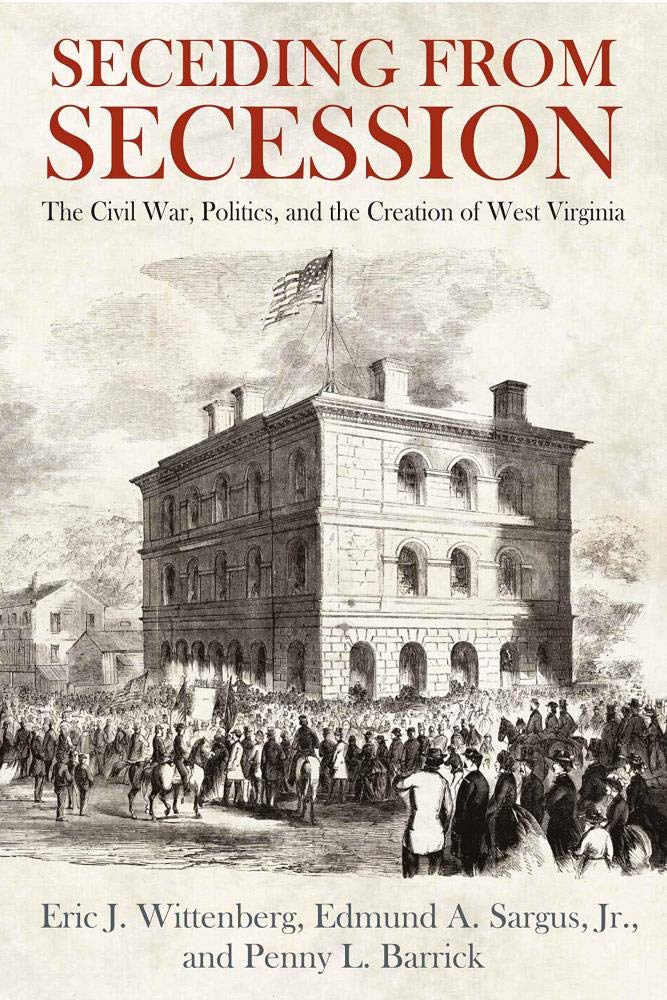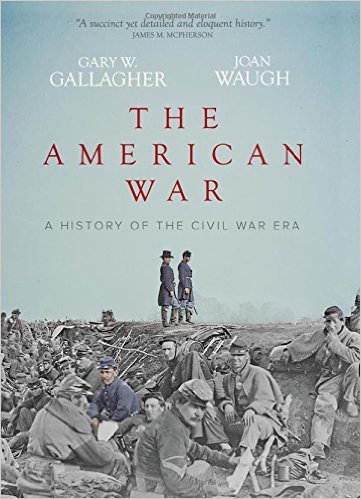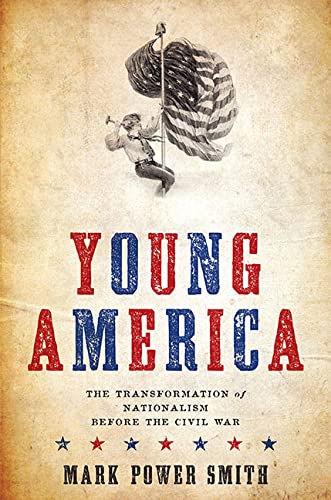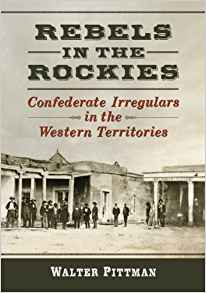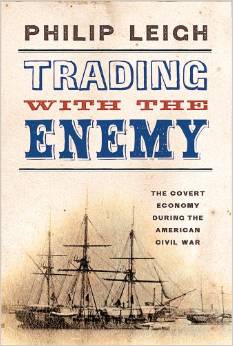Thirty years after the Civil War, Theodore Lang, a veteran of the 6th West Virginia Cavalry, observed that “a great neglect exists at this time, and has existed for many years, in relation to the history of the part taken in the late war by the loyal West Virginians, both civil and military, who stood so firmly for the preservation of the Union.” Lang attempted to remedy that deficiency with the publication of Loyal West Virginia in 1895. Despite the important role West Virginians played in our nation’s defining moment (and the fact that West Virginia was the only state established as a result of the Civil War), interest in West Virginia’s Civil War era history has not garnered widespread attention. Fortunately, in the past decade historians such as John Edmund Stealey III, Mark Snell, and Joseph Whitehorne have attempted to illuminate various aspects of West Virginia’s Civil War era history. Now Eric Wittenberg, Edmund Sargas, Jr., and Penny Barrick have added another important volume to this growing body of scholarship.
Wittenberg, Sargus, and Barrick are all uniquely qualified to write this volume, which focuses on the constitutional issues surrounding West Virginia’s establishment. Both Wittenberg and Barrick are practicing attorneys. Sargus serves as a federal district judge. The trio’s keen legal eye has produced a well-researched, cogently crafted, and accessible examination of the issues surrounding the battle over West Virginia’s establishment and the legal fights that ensued in the Civil War’s aftermath.
Organized into nine chapters, the first two supply context for understanding the deep divisions that existed between the counties that ultimately broke away from Virginia and formed the Mountain State. Like all moments in history, West Virginia’s establishment did not occur in a vacuum. Although Abraham Lincoln’s triumph at the polls in 1860 and Virginia’s secession proved the final catalyst, the authors cogently show that divisions existed between the two sections long before the 1860s. Various factors—including the financial benefits enslavers in eastern Virginia enjoyed as a result of policies crafted in Richmond, and the Baltimore and Ohio Railroad’s grip on certain parts of the Old Dominion—proved significantly divisive in the decades leading up to the Civil War.
The following six chapters really form the corpus of this fine study. Throughout these chapters the authors ably chronicle the debates that ensued in western Virginia’s counties following Lincoln’s election, the First and Second Wheeling Conventions, debates in Congress about West Virginia’s admission into the Union, and the division that existed in Lincoln’s cabinet about the issue.
The book’s final three chapters provide an easily digestible analysis of the legal battle that ensued in the Civil War’s aftermath as to whether or not Berkeley and Jefferson County should remain part of West Virginia. Here, the authors’ skill as legal experts and historians is readily apparent as they course through Virginia’s initial complaint filed on December 11, 1866, to the moment the United States Supreme Court issued its final decision on March 6, 1871. That decision declared that the two counties in the Eastern Panhandle should remain part of West Virginia.
Five appendices containing important primary sources related to West Virginia’s statehood also accompany this volume. The first consists of letters that members of Lincoln’s cabinet sent to the president about West Virginia’s admission. The second is the complaint filed by the Commonwealth of Virginia in 1866, and the third is the Supreme Court’s decision in 1871. The fourth document is the text of the 1911 case of Virginia vs. West Virginia. The final document in the appendix is a resolution offered by West Virginia State Senator Charles S. Trump, IV, on January 13, 2020, inviting Frederick County, Virginia, to break away from the Old Dominion and join West Virginia.
While each of these chapters provide an excellent overview of the constitutional questions surrounding West Virginia’s admission into the Union and the reasons why delegates, congressmen, and President Lincoln decided as they did, the book offers much more than a magnificent chronicle of the decisions surrounding West Virginia’s existence. The authors do a fantastic job of analyzing the dynamics that existed in various locales and how those who favored seceding from Virginia attempted to hold Confederates sympathizers accountable. Additionally, the role that newspapers played throughout the battle over West Virginia statehood courses throughout this magnificent book.
This exemplary study, prodigiously researched, profusely illustrated, and masterfully crafted will prove useful to individuals interested in West Virginia’s formation, Civil War era political history, and how the United States government attempted to balance constitutional questions with the Union’s restoration.
Jonathan A. Noyalas is director of Shenandoah University’s McCormick Civil War Institute and the author or editor of fourteen books. His forthcoming book Slavery and Freedom in the Shenandoah Valley during the Civil War Era will be released by the University Press of Florida in 2021.
